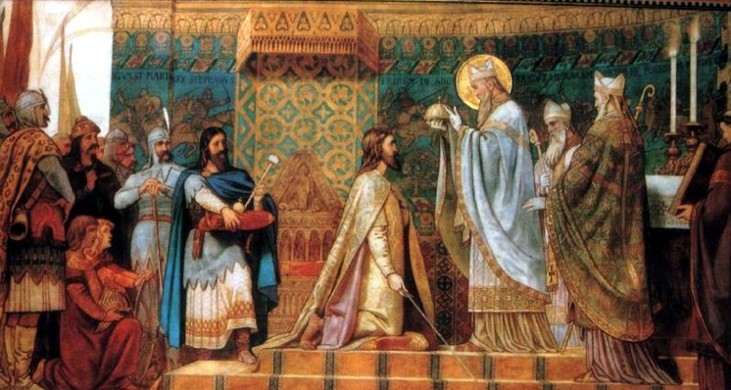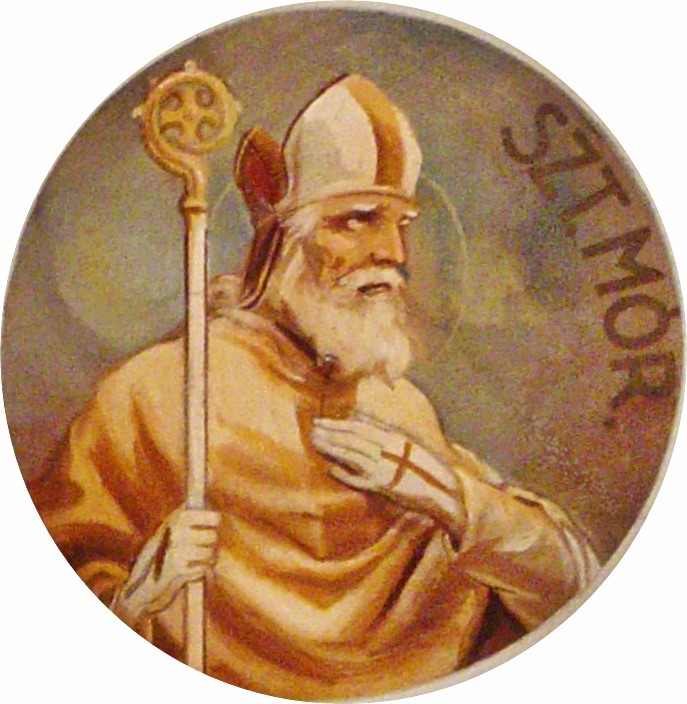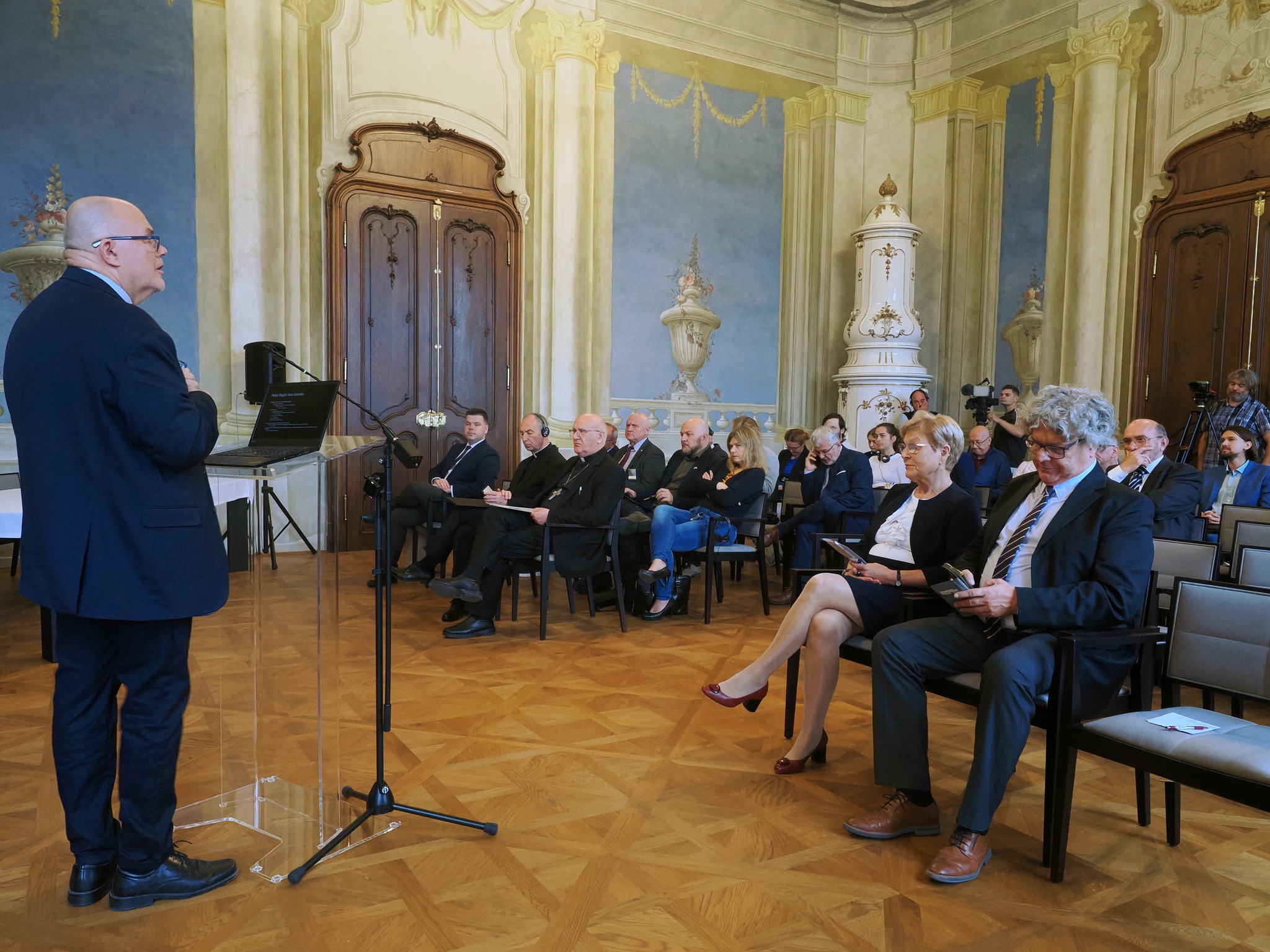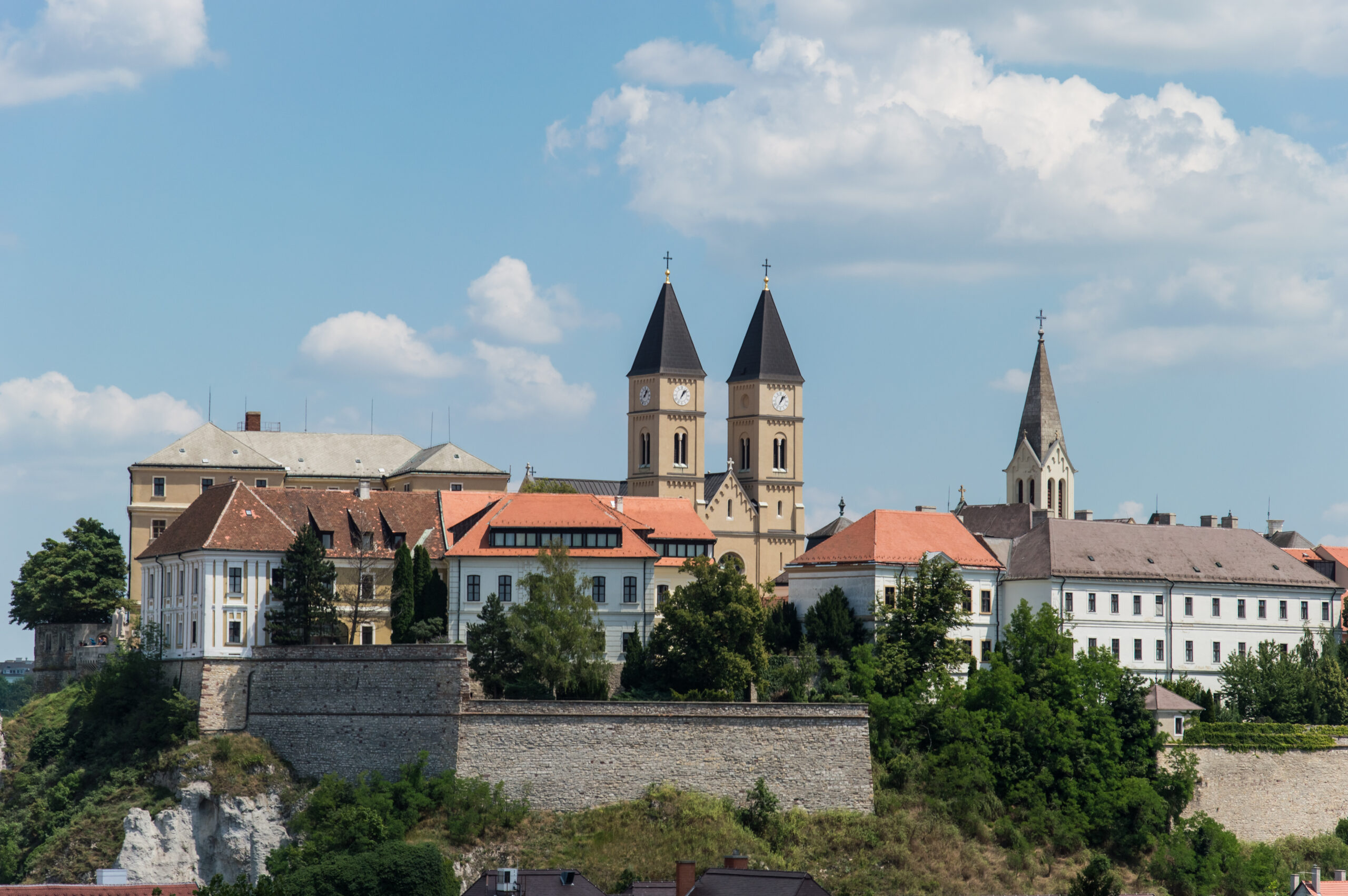Saint Maurus, the writer of the legend – Pécs
Fact of the Hungarian figure „St. Stephen and others – First christian saints in Hungarian Kingdom”
Part of the „The patrons and guardians of the land” topic
Saint Maurus (Mór), the second bishop of the Diocese of Pécs, was born around 1000 into a prominent Hungarian family that had embraced Christianity by the end of the 10th century. Maurus was introduced to the Church at a young age. He entered the Benedictine abbey of Pannonhalma as a child, likely chosen by his parents for an ecclesiastical career, and received his education there. His early dedication and accomplishments led him to eventually lead the monastery at Pannonhalma for nearly a decade.
In 1036, King St. Stephen appointed Maurus as the Bishop of Pécs, replacing the resigned Bonipert. Maurus served as bishop for over three decades, during which he played a crucial role in the establishment and organization of the diocese, strengthening the Church’s influence in the region.
Maurus is perhaps best known for his literary contributions, especially his role in writing the first Hungarian legends, the Legends of Saints Andrew-Zorard and Benedict.
Although the formal canonization of Maurus did not occur during the Middle Ages, his veneration persisted, particularly within the Benedictine abbey of Pannonhalma. His significance is underscored in the Legend of Saint Emeric, likely written in Pannonhalma in the mid-12th century, which suggests that Maurus was honored as a saint despite the lack of official recognition of his cult at that time. The formal recognition of his sainthood was eventually initiated by János Scitovszky, Bishop of Pécs, in 1848.






